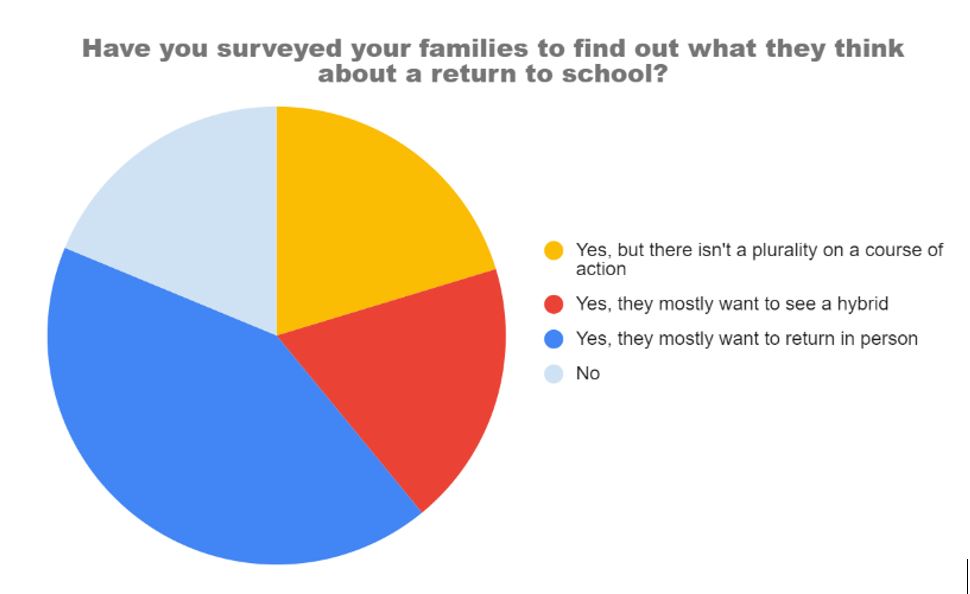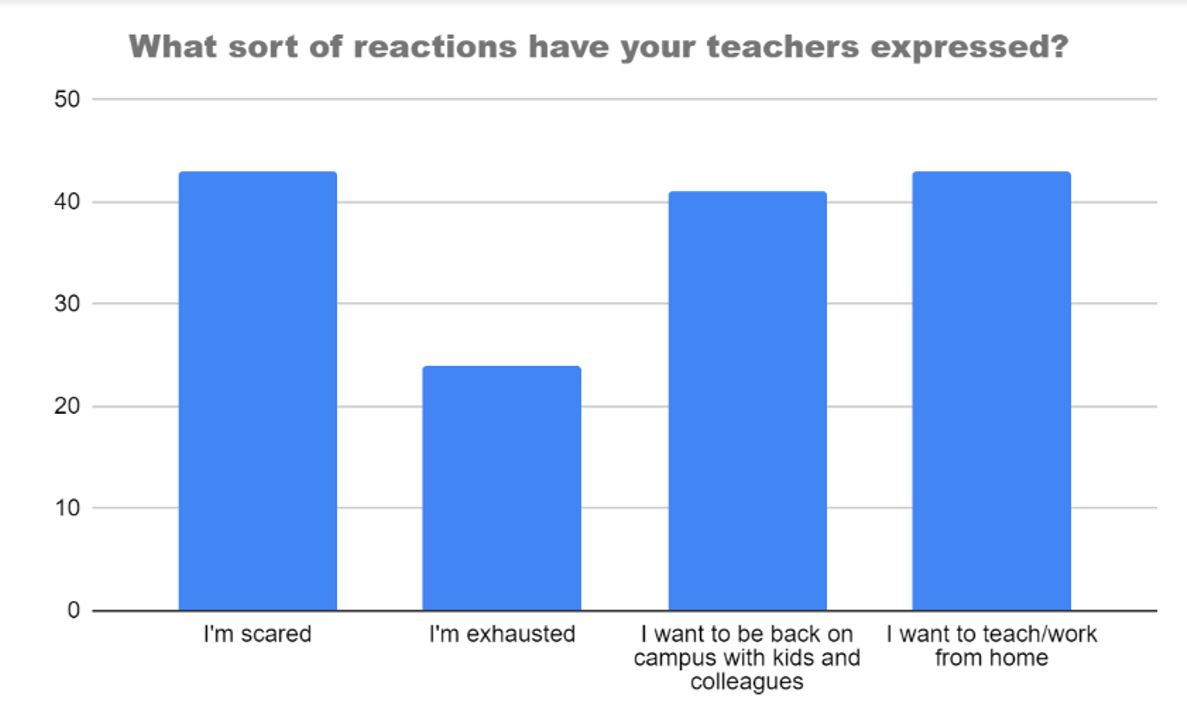Many school leaders have spent the summer focusing on the physical spaces to which our communities will return. While this work is vital, so too is considering how campus community members will react to change and preparing to meet new challenges together.
In a recent NBOA webinar, Vanessa Wassenar, CEO of Creating Resilient Schools, joined NBOA’s Director of Human Resources Programs Amber Stockham to answer questions about holistically managing changes on your campus this fall and adapting in an ever-shifting educational landscape. Wassenar began by outlining a few key tenets of the decision-making process for independent schools:
- Prioritize life safety, meaning individual and community health, first and foremost.
- Address general safety to ensure the school is well-prepared in the case of an emergency, i.e. safety drills, fire alarms, etc.
- Understand the significant impact your decisions will have across many departments and expect that there will be competing priorities within the school community.
- Address regulatory compliance, including how you plan to work with the local municipality and comply with state and local laws.
Communicating the New Normal
From masks to social distancing to temperature detection, the learning experience for students and staff returning to campus will be different this fall. Clear and creative communication with employees will be more important than ever. “This is a collision of reality, expectation and promise. I mean, we all promise that we will do the very best for our families, for our children and employees, and this is where it all comes together and collides,” said Wassenar.
“[Returning to campus] is going to be a jolt, and faculty need to be comfortable in that space by themselves before they're going to be comfortable in that space with their students."
Amber Stockham
NBOA
Consider asking your faculty and staff members to return to campus earlier than usual to allow them to acclimate to the new environment. Some faculty members may need more time to think about how to make their day-to-day routine successful, suggested Stockham. “[Returning to campus] is going to be a jolt, and faculty need to be comfortable in that space by themselves before they're going to be comfortable in that space with their students,” she said.
Before the school year begins, consider scenarios that may require balancing faculty requests and the general safety and wellness of the student population. For instance, some school employees have asked if it’s okay to come to school in a hazmat suit. In instances like these, schools should keep the health and wellness of students at the forefront when discussing decisions and remind employees how precautions that fall outside the school’s recommendations may ultimately be counter to the mission of learning. Wearing a hazmat suit, for example, may scare students and cause a distraction.
Most importantly, leaders should continue to communicate the school’s measures to keep everyone safe and mitigate risks to students and families. A good relationship with the local health agency or a knowledgeable medical professional is key to disseminating up-to-date information and instilling trust in your constituents, advised Wassernan. “It strengthens their position as well as the school’s and extends your school to the community in a new way,” said Wassernan. “If you didn’t have that partnership before, it’s a great opportunity to talk about what you’ve accomplished and how you’re caring for your community.”
Staffing Challenges
Clear communication becomes even more critical given shifts in staffing, hiring and compensation expectations over the past several weeks, Wassenar advised. For instance, the recent rise of “pandemic pods,” in which families reach out to teachers to create in-person learning pods among several students, could be an appealing alternative to teachers who are anxious about going back to campus with more students in classrooms. This trend, coupled with a wave of early retirements and applications for medical leave, may leave schools scrambling to find sufficient teachers for on-campus teaching. As such, schools need to display empathy and compassion when discussing employment options with faculty and staff.
Should the school need to furlough an employee, keep the conversation open and, when possible, support employees seeking to leave the school by guiding them to career resources or helping them apply for unemployment, advised Wassenar. “Handle that with grace, be able to talk to those teachers about this and say, ‘We love that you have come up with an option for yourself that works so well for you and we hope that when you feel comfortable, you're willing to come back to us,’” added Stockham. Demonstrating empathy and flexibility in these situations can show not only your employees but also your families that you have compassion and can pivot with them when they need you most.
For more on how schools can address challenges in staffing and other areas, such as space planning and scheduling models, visit the archived webinar and slides.





